The 30-year-old apron at Centralia/James T. Field Memorial Airport (YCE) in Huron Park, ON, has only recently started to show a few cracks, thanks to a fiberglass material installed between its asphalt layers in 1993.


The 30-year-old apron at Centralia/James T. Field Memorial Airport (YCE) in Huron Park, ON, has only recently started to show a few cracks, thanks to a fiberglass material installed between its asphalt layers in 1993.

Barkley Regional Airport (PAH) in West Paducah, KY, completed a curb-to-tarmac transformation. In addition to building a new terminal, the airport constructed a new entrance road, brought in brand-new utilities, added new parking facilities and built a new terminal apron with a passenger boarding bridge.
Passengers and staff alike are enjoying a completely different experience at Columbia Regional Airport (COU). The new terminal that opened last fall provides significantly more space as well as updated amenities and inclusive features previously lacking at the Missouri airport.

Columbia Metropolitan Airport (CAE) in West Columbia, SC, recently completed a major overhaul of its baggage system and associated infrastructure. The project includes a new conveyor system, inline screening and renovations to the checked baggage reconciliation area, as well as updates to the ticketing lobby, airline offices and curbside areas.

Nashville International Airport® (BNA®) opened its five-story Grand Lobby this January, a 300,000-square-foot space designed to provide travelers with more space and give them a sense of Tennessee and its capital city.

When Kansas City International Airport (MCI) debuted its new terminal in February, it also opened a new 6,200-space parking garage to go with it. The pre-cast concrete structure was built to accommodate growing demand for on-site parking and provide customers with ready access to the terminal.

While vacations and other trips may be enjoyable, air travel itself can sometimes be stressful and difficult’especially for passengers with reduced mobility, visual impairment, hearing loss, etc. The new terminal at Kansas City International Airport (MCI) is designed to be as accessible and inclusive as possible’for every guest.

New and experienced travelers alike ask for information and recommendations from the Airport Ambassadors at Kansas City International Airport (MCI). The volunteer helpers are easily identifiable by their uniforms embroidered with the Kansas City Aviation Department logo.
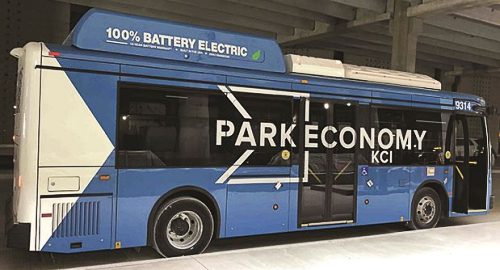
With economy parking located about two miles from its main campus, Kansas City International Airport (MCI) has always tried to have leading-edge buses to shuttle passengers to and from the terminal. It’s currently making a major step forward in that effort by transitioning to all electric buses and a wireless charging system.
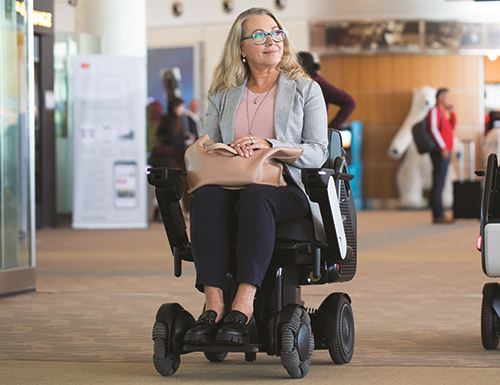
After nearly three years of testing, Winnipeg Richardson International Airport (YWG) in Manitoba formally launched free autonomous wheelchair service to passengers in early December 2022, marking a first for North American airports.
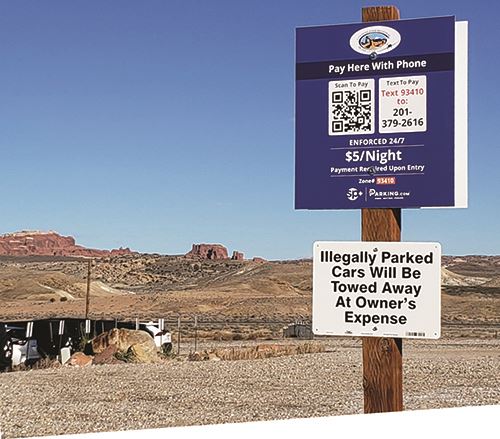
Canyonlands Regional Airport (CNY) made the move from an archaic, manual strategy for collecting parking payments to a modern pay-by-phone system last spring. Although the Moab, UT, airport has a humble gravel parking lot without gates or payment kiosks, the benefits of an updated’yet simple’payment collection system and added enforcement measures are proving valuable.

Vancouver International Airport (YVR) opened its Pier D expansion in June 2022, adding eight new international wide-body departure gates. From a practical standpoint, the project was Vancouver Airport Authority’s way of keeping pace with growth in international traffic.
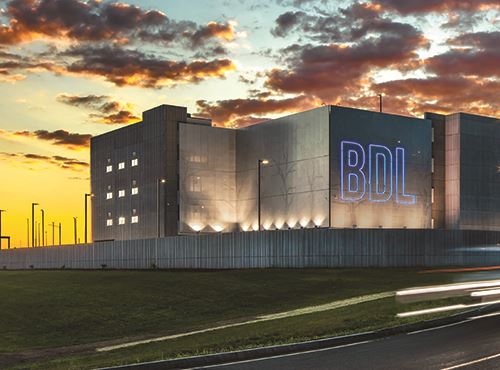
This summer, Bradley International Airport (BDL) in Windsor Locks, CT, opened a new rental car facility and ground transportation center that spans 13.4 acres and includes 1.5 million square feet of space in three buildings: a five-story ready/return garage, a five-story quick turnaround facility and a four-story vertical circulation building. The entire facility is connected to the terminal by an elevated, covered pedestrian bridge and features the airport’s three-letter identifier, BDL, in bright lights.

The new 9-acre structure will help double the square footage inside the terminal and includes 2.5 million board feet of Douglas fir lumber, with curves supported by glulam (glue-laminated) beams. Beams for the roof were manufactured offsite and then assembled on the airfield less than a mile from the main terminal, allowing the building to remain 100% operational throughout the process.
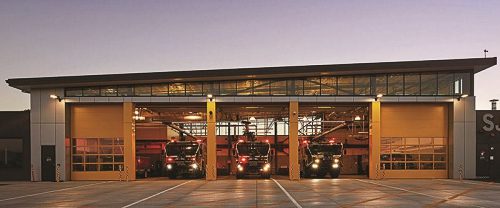
After nearly 60 years with the same fire station, Norman Y. Mineta San José International Airport (SJC) needed new facilities for its aircraft rescue and firefighting (ARFF) operations.
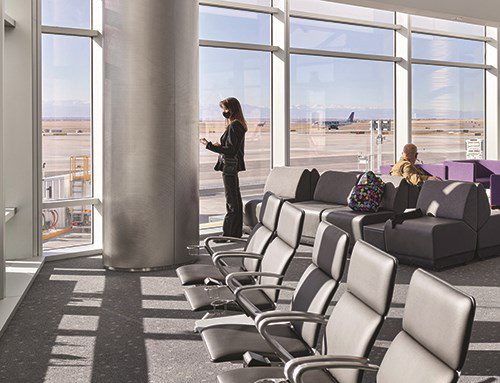
Denver International Airport (DEN) is moving full speed ahead with Vision 100, its strategic plan to serve 100 million annual passengers within the next 10 years. Phase 1 of the $2.3 billion gate expansion portion is currently underway in four concourses. In total, the expansion will add 39 new gates and increase the airport’s overall capacity by 30%.
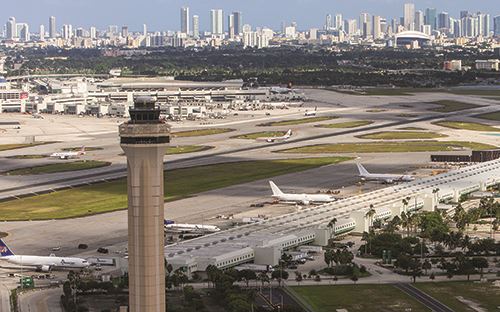
Miami International Airport (MIA) is one of two locations partnering with TSA to evaluate cutting-edge perimeter intrusion detection and deterrence technologies. The tools being tested’video surveillance, video analytics, laser walls, ground-based radar, etc.’were integrated into the existing security and operations center at MIA for a two-year pilot program.
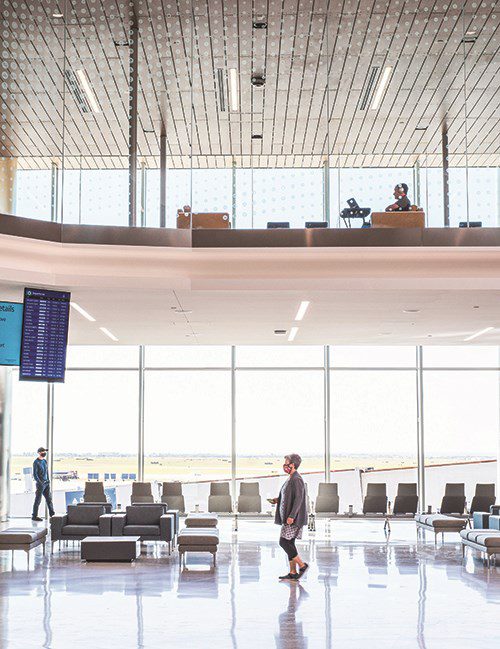
With an eye on the present and the future, Will Rogers World Airport (OKC) in Oklahoma City recently added a new East Concourse. Key objectives for the project were twofold: increasing current capacity for passenger screening and planning ahead for more growth in the terminal.
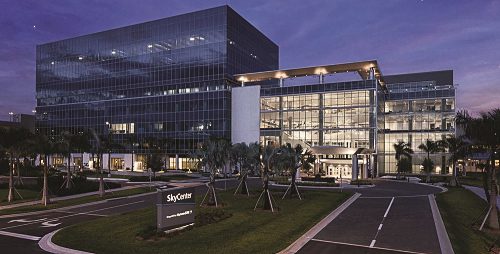
Tampa International Airport (TPA) is officially a heavy hitter in the Florida Gulf Coast real estate market. SkyCenter One, a 272,000-square-foot facility on the south side of the airport, contains nine floors: just more than five for commercial leasing, three for airport staff, and ground floor amenities including a café with outdoor seating and a large fitness center for all tenants.
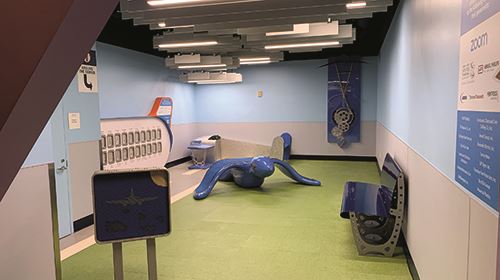
Last fall, Norman Y. Mineta San Jose International Airport (SJC) opened a $1.2 million indoor play area that helps young passengers burn physical and mental energy before boarding their flights. And it was all made possible by a village of generous supporters.
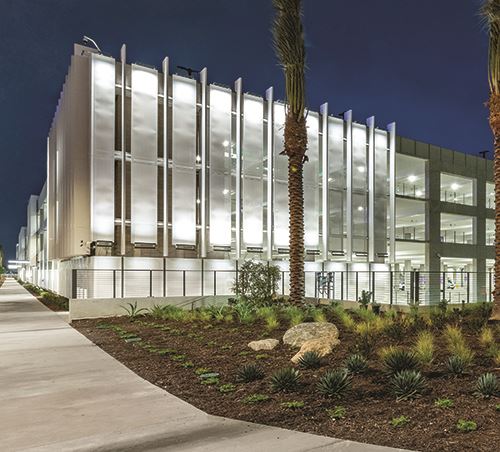
In 2019, Los Angeles International Airport (LAX) was the third-busiest airport in the world, and that put its parking capacity to the test. Although its Central Terminal Area parking structures can hold more than 8,000 vehicles, those spaces command premium prices and often fill up when business travelers need them most.
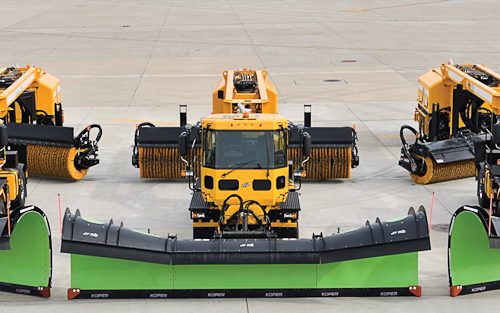
Hundreds of airports are harnessing the power of cooperative purchasing for everything from pencils to multimillion-dollar fire trucks to airfield striping services, and they’re enjoying streamlined procurement and often better pricing as a result.
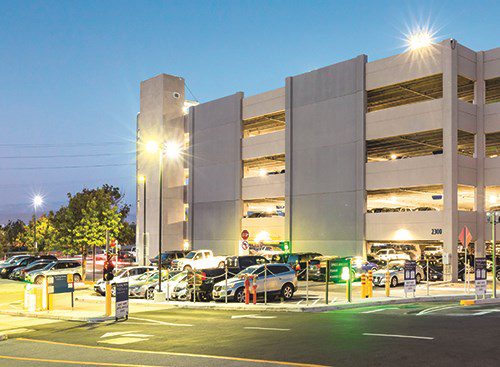
Prior to the COVID pandemic, unprecedented passenger traffic at Norman Y. Mineta San Jose International Airport (SJC) led to increased demand for parking. In 2019, the California airport served more than 15 million passengers and was ranked the fastest-growing airport in the United States.
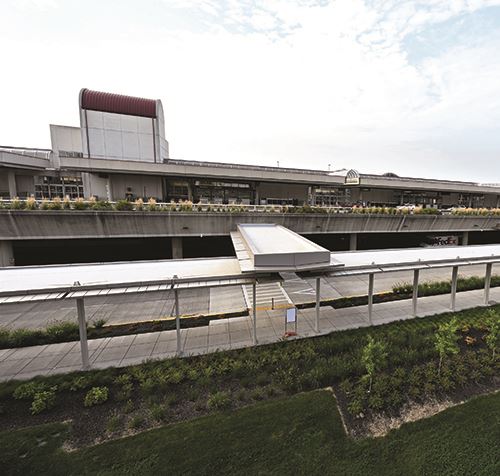
With passenger traffic on the rise and dated parking facilities straining at the seams, Louisville Muhammad Ali International (SDF) began expanding and upgrading its parking operations in 2019. Since then, the Kentucky airport has invested more than $36 million in new facilities, systems and related projects.
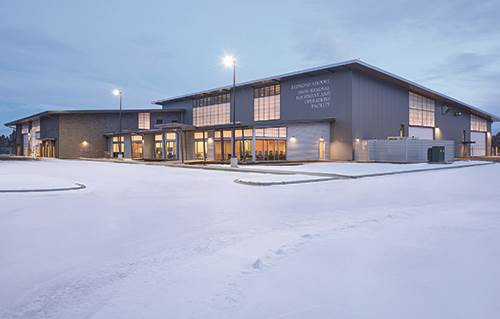
The team that maintains the airfield and operates snow removal equipment at Redmond Municipal Airport (RDM) worked out of a 7,000-square-foot building with modest heavy equipment storage bays. Equipment was stored in several different places across the airfield, some outside. That led leaders at the Oregon airport to invest in a larger facility.
